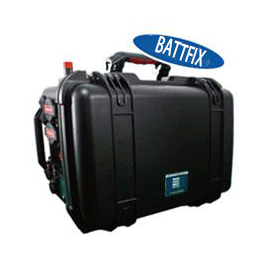
# Battery Care and Maintenance Tips
## Introduction
Proper battery maintenance is essential for ensuring the longevity and optimal performance of your devices. Whether it’s your smartphone, laptop, or car battery, following the right care practices can significantly extend its lifespan. In this article, we’ll explore some essential battery care and maintenance tips to help you get the most out of your batteries.
## Understanding Battery Types
Before diving into maintenance tips, it’s important to understand the different types of batteries:
– Lithium-ion (Li-ion): Commonly used in smartphones, laptops, and electric vehicles.
– Nickel-metal hydride (NiMH): Often found in rechargeable AA and AAA batteries.
– Lead-acid: Typically used in cars and other automotive applications.
## General Battery Maintenance Tips
### 1. Avoid Extreme Temperatures
Batteries are sensitive to temperature extremes. Exposing them to very high or low temperatures can reduce their efficiency and lifespan. Store and use your devices in moderate temperature environments whenever possible.
### 2. Maintain Optimal Charge Levels
For lithium-ion batteries, it’s best to keep them between 20% and 80% charge. Avoid letting them drain completely or charging to 100% too frequently, as this can stress the battery.
### 3. Use the Right Charger
Always use the manufacturer-recommended charger for your device. Using incompatible chargers can damage the battery and potentially create safety hazards.
## Specific Device Battery Care
### Smartphone Battery Care
– Enable battery optimization features in your phone’s settings
– Avoid using your phone while it’s charging
– Remove the case when charging if the device gets hot
### Laptop Battery Maintenance
– Unplug the charger once the battery reaches 80-90%
– Perform full discharge cycles (0-100%) once every few months
– Store laptops with about 50% charge if not using for extended periods
### Car Battery Maintenance
– Clean battery terminals regularly to prevent corrosion
– Check electrolyte levels in non-sealed batteries
– Test your battery voltage periodically, especially before long trips
## Storage Tips for Unused Batteries
If you need to store batteries for an extended period:
– Charge them to about 50% before storage
– Store in a cool, dry place
– Check and recharge every 6 months if storing lithium-ion batteries
## When to Replace Your Battery
Signs that your battery may need replacement:
– Significantly reduced runtime
– Swelling or physical damage
– Failure to hold a charge
– Overheating during normal use
## Conclusion
Proper battery care and maintenance can save you money and frustration in the long run. By following these simple tips, you can extend the life of your batteries and ensure they perform at their best when you need them most. Remember that different battery types may require slightly different care approaches, so always refer to your device’s manual for specific recommendations.
Keyword: Battery Maintenance
